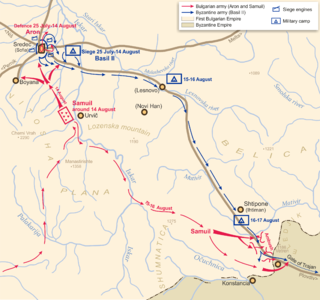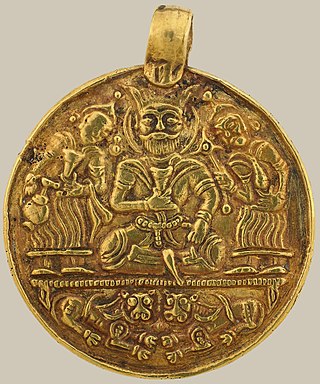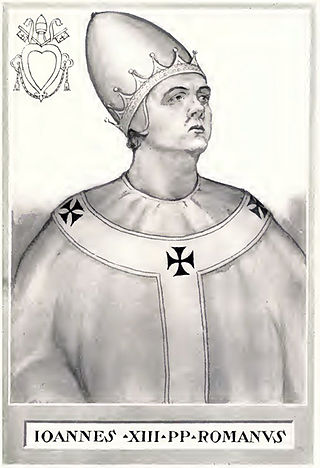This article needs additional citations for verification .(November 2017) |
| Millennium: | 1st millennium |
|---|---|
| Centuries: | |
| Decades: | |
| Years: |
| 977 by topic |
|---|
| Leaders |
| Categories |
| Gregorian calendar | 977 CMLXXVII |
| Ab urbe condita | 1730 |
| Armenian calendar | 426 ԹՎ ՆԻԶ |
| Assyrian calendar | 5727 |
| Balinese saka calendar | 898–899 |
| Bengali calendar | 384 |
| Berber calendar | 1927 |
| Buddhist calendar | 1521 |
| Burmese calendar | 339 |
| Byzantine calendar | 6485–6486 |
| Chinese calendar | 丙子年 (Fire Rat) 3674 or 3467 — to — 丁丑年 (Fire Ox) 3675 or 3468 |
| Coptic calendar | 693–694 |
| Discordian calendar | 2143 |
| Ethiopian calendar | 969–970 |
| Hebrew calendar | 4737–4738 |
| Hindu calendars | |
| - Vikram Samvat | 1033–1034 |
| - Shaka Samvat | 898–899 |
| - Kali Yuga | 4077–4078 |
| Holocene calendar | 10977 |
| Iranian calendar | 355–356 |
| Islamic calendar | 366–367 |
| Japanese calendar | Jōgen 2 (貞元2年) |
| Javanese calendar | 878–879 |
| Julian calendar | 977 CMLXXVII |
| Korean calendar | 3310 |
| Minguo calendar | 935 before ROC 民前935年 |
| Nanakshahi calendar | −491 |
| Seleucid era | 1288/1289 AG |
| Thai solar calendar | 1519–1520 |
| Tibetan calendar | 阳火鼠年 (male Fire-Rat) 1103 or 722 or −50 — to — 阴火牛年 (female Fire-Ox) 1104 or 723 or −49 |

Year 977 (CMLXXVII) was a common year starting on Monday of the Julian calendar.









